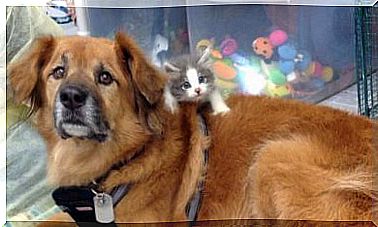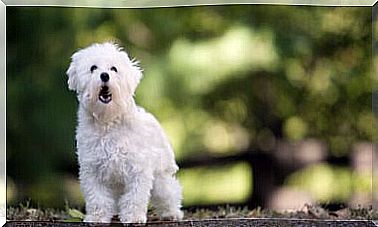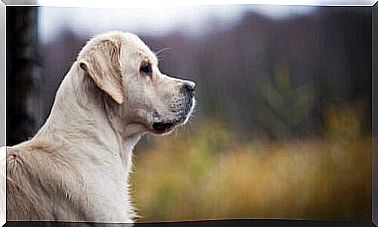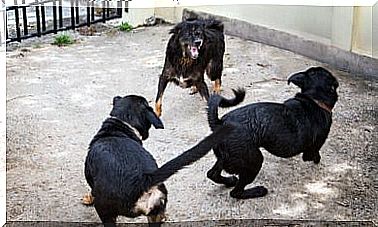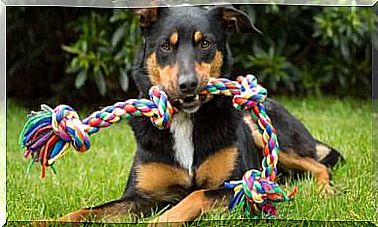Diaphragmatic Hernia In Cats: Causes And Symptoms
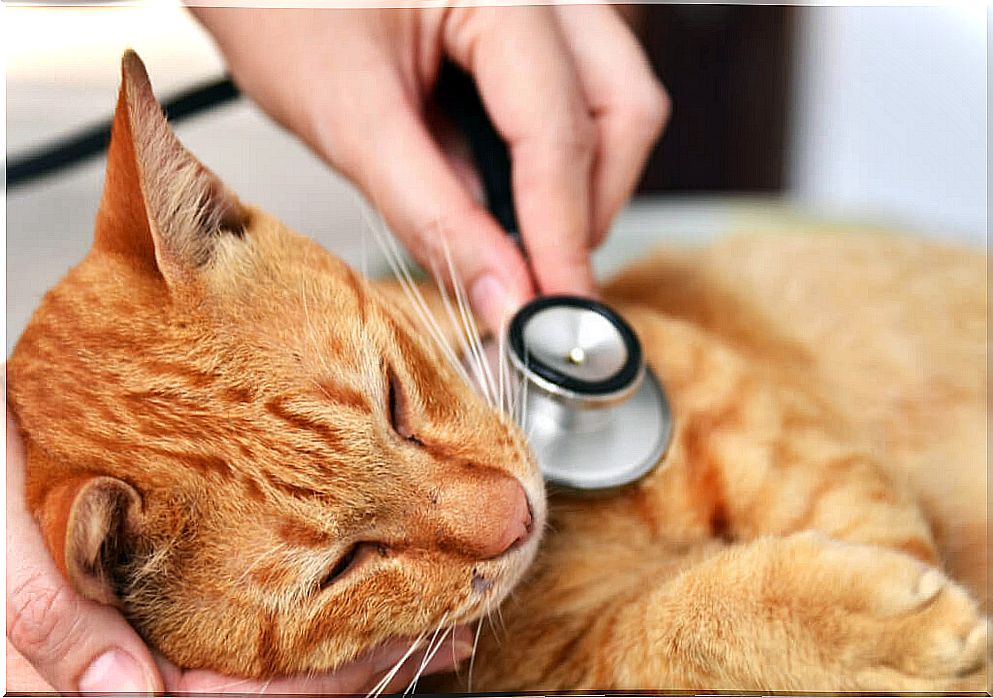
Cats can suffer from little-known illnesses such as diaphragmatic hernia. Although its name commands respect, it is convenient to know what are the symptoms of this pathology, what causes it and what to do in this situation if a domestic feline presents it.
As with any condition, the best option is to take the animal to the vet immediately as soon as any abnormalities are detected. In many cases, a few hours can mean the difference between a story with a happy ending and the development of a serious picture. Based on this premise, we’ll tell you below everything you need to know about diaphragmatic hernia in cats.
What is a diaphragmatic hernia?
First, a hernia refers to a sac formed in the peritoneum, the membrane that lines the abdominal cavity. This sac passes through the fascia – the strong layer of the abdominal wall that surrounds the muscle – through an orifice or some weak area.
One type of hernia is a diaphragmatic hernia, which can be a congenital or traumatic anomaly. On the other hand, among the most common congenital pericardial anomalies in dogs and cats is the peritoneum-pericardial diaphragmatic hernia.
Diaphragmatic peritoneum-pericardial hernia is the most common anomaly in dogs and cats. In this clinical condition, a lasting communication is created between the pericardial cavities and those of the peritoneum.
The former correspond to the membrane that lines the abdominal tract and viscera, while the latter are the membrane that surrounds the heart. The severity of this pathology depends on the organs that are involved, although the most frequently affected are the liver and gallbladder.
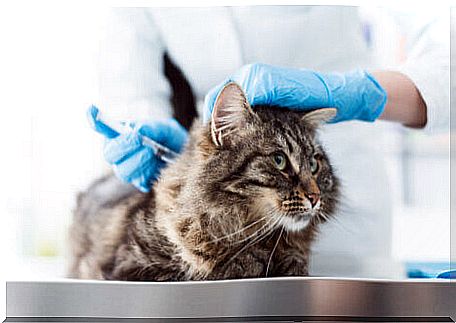
What are the causes of this pathology?
In cats, hernia is usually caused by trauma, whether due to a car accident or a fall from a high surface. Trauma can also cause rib fractures, lacerations and lung bruises.
This is because the abdominal contents invade the chest and can cause changes in the lung and heart. On the other hand, the digestive manifestations caused by diaphragmatic hernia are minimal.
What are the symptoms of diaphragmatic hernia?
The main symptom of a diaphragmatic hernia is shortness of breath. Specifically, this pathology is related to respiratory problems, as it hinders the expansion of the lungs during inspiration. Among the most common clinical signs, the following are observed:
- Breathing problems.
- Fast, shallow breathing.
- Need to breathe. The animal forces its posture and stretches its head and neck.
In any case, it is necessary to emphasize that symptoms vary according to the severity of the hernia and the amount of abdominal material present in the chest. Other common signs include coughing, dyspnea, and rales.
If the chest contents are also lodged in the liver, this condition can cause jaundice. In addition, jaundice – yellowing of the skin and mucous membranes due to increased bilirubin in the blood – is often accompanied by liver failure.
In more severe cases or those of a chronic nature, vomiting and regurgitation problems have manifested themselves in the animal. Dysphagia, a clear difficulty in swallowing, can also be detected.
How is diaphragmatic hernia diagnosed and treated?
To confirm the diagnosis, chest X-rays are required. This type of clinical examination also allows detecting the presence of any other abnormality in the cat.
When taking the X-ray, if the animal is healthy, the silhouette of the heart and lungs will be observed. If there is a hernia, displacement of the lung spaces and abdominal contents within the chest cavity is detected. Furthermore, the silhouette of the heart and the diaphragm line are not visible.
The veterinarian may also decide to complete the diagnosis by performing other imaging tests. Among them, we find the following:
- Abdominal and thoracic ultrasound.
- Contrast radiography.
- Computed tomography.
The only way to correct diaphragmatic hernia in cats is surgery. For this, the animal will have to receive general anesthesia, so it must be stable. The intervention positions the abdominal organs back into the abdomen and sutures the ruptured diaphragm. If air, fluid, or blood accumulates in the chest cavity, a tube will be placed for removal.
Once the surgery is performed, the animal would need to remain hospitalized for a short period of time. In this way, the pain can be controlled and the animal calmed down. The success rate of this type of surgery is high and the animal’s recovery is complete, however, the injuries suffered will influence the result of the operation.
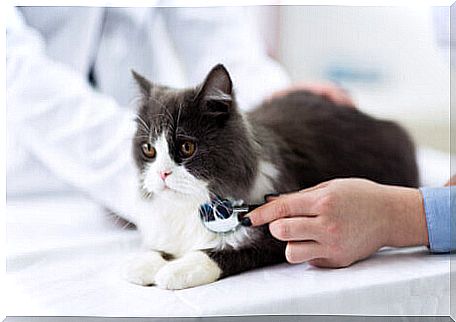
Upon detecting any unusual symptoms or behavior in the cat, it is necessary to consult a specialist. Only he can determine what is happening to the animal and how to resolve it.
